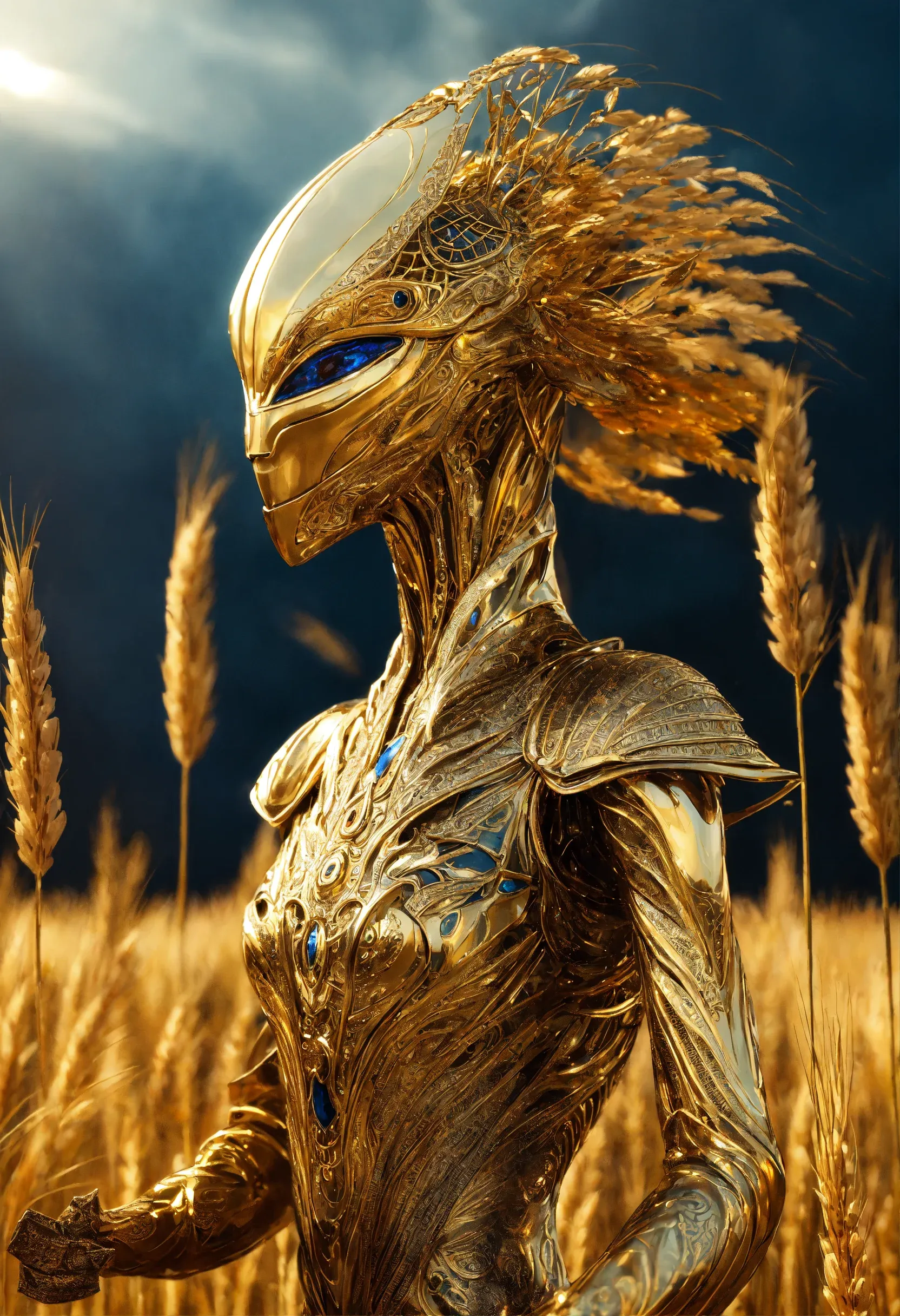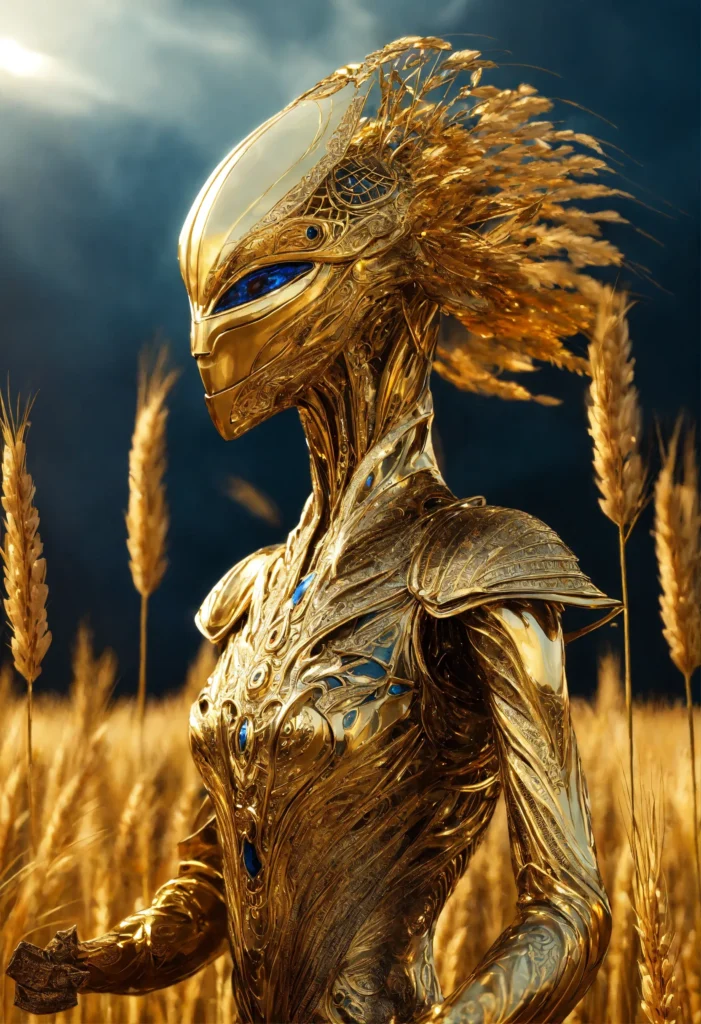
Picture this: you’re stuck trying to figure out how to fix a leaky faucet. Instead of sifting through countless YouTube videos or deciphering poorly written blog posts, you simply type your question into an app. Within seconds, you’re presented with a polished, step-by-step tutorial video—complete with clear visuals, a friendly voiceover, and even tips tailored to your experience level. Sounds futuristic, right? Well, researchers say this isn’t some far-off dream; it’s a reality that’s closer than we think.
Artificial intelligence is on the brink of transforming how we create and consume instructional content. The next wave of innovation isn’t just about smarter chatbots or better search engines—it’s about AI systems that can produce full-fledged tutorial videos from scratch. These tools could revolutionize everything from education to DIY projects, making high-quality learning resources accessible to anyone, anywhere. But as exciting as this sounds, it also raises important questions about accuracy, ethics, and the role of human creativity in content creation.
From Text to Video: How AI Tutorials Work
At its core, creating a tutorial involves breaking down complex information into simple, actionable steps—and then presenting those steps in a way that’s easy to follow. Humans have been doing this for years, but now AI is stepping up to take the reins. Here’s how it works:
First, advanced language models interpret what you’re asking for. Let’s say you want to learn how to change a car tire. The AI doesn’t just spit out generic instructions—it understands context, figures out the key points, and organizes them logically. Then, using computer vision and graphic design algorithms, it generates visuals: maybe a 3D animation showing where to place the jack, or a close-up shot demonstrating how to tighten lug nuts.
Next comes the voiceover. Thanks to text-to-speech technology, the narration sounds natural—not like the robotic voices of old, but warm and conversational, almost as if a real person were guiding you. Some systems even let you customize the tone or accent of the speaker, so whether you prefer a laid-back instructor or someone more formal, the choice is yours.
Finally, the AI stitches everything together into a cohesive video, complete with transitions, captions, and even background music. The result? A professional-looking tutorial that feels like it was made by a human expert.
Why This Matters
For most people, the appeal of AI-generated tutorials lies in their accessibility and convenience. Not everyone has the time, skills, or budget to hire videographers or educators to create custom content. With AI, small business owners could train employees faster, teachers could supplement lessons with personalized materials, and hobbyists could share their passions without needing a film degree.
Take Sarah, a middle school science teacher in Ohio, who recently tested an early version of one such tool. “I used it to make a short video explaining photosynthesis,” she says. “It saved me hours of work, and my students loved it—they said it felt clearer than reading from a textbook.” For educators stretched thin by growing classroom demands, tools like these could be game-changers.
Beyond education, industries like healthcare and tech stand to benefit immensely. Imagine hospitals providing patients with interactive recovery guides after surgery, or software companies offering troubleshooting videos customized to each user’s issue. The possibilities are endless.
Challenges on the Horizon
Of course, no technological leap comes without challenges. One big concern is accuracy. What happens if the AI gets something wrong? In fields like medicine or engineering, misinformation could lead to dangerous outcomes. Developers are working hard to build safeguards, like cross-referencing facts against trusted databases, but ensuring total reliability remains tricky.
Then there’s the question of originality. If an AI creates a tutorial based on existing content, who owns the rights? Should the creators of the source material get credit—or compensation? These debates echo broader conversations around intellectual property in the age of AI.
Perhaps the most pressing issue, though, is the potential loss of human connection. Sure, AI can mimic empathy and adapt to different learning styles, but can it truly replace the nuance and understanding that come from interacting with another person? As Dr. Michael Lee, a professor of digital media at Stanford, puts it, “There’s something irreplaceable about the spark of inspiration you get from a great teacher. We need to be careful not to lose that.”
What Lies Ahead?
Despite these hurdles, the momentum behind AI-generated tutorials shows no signs of slowing down. Companies like Google, Microsoft, and startups you’ve probably never heard of are pouring resources into refining the technology. Some predict that within the next five years, AI will become a standard tool for content creators, much like smartphones became indispensable for communication.
But while the tech holds incredible promise, experts agree that humans still play a vital role. Rather than replacing us, AI should enhance our abilities—helping us teach, communicate, and innovate more effectively. After all, behind every line of code is a person with ideas, values, and experiences worth sharing.
So, the next time you find yourself searching for a how-to guide, remember: the answer might not come from another human—but rather from a machine designed to think like one. Whether that excites or unnerves you, one thing is certain: the future of learning is here, and it’s powered by AI.
Source: Read MoreÂ



